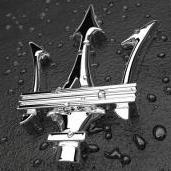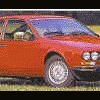[JPN] Nissan Sakura 2022
-
Contenuti simili
-
- 5 risposte
- 962 visite
-
- 5 risposte
- 1481 visite
-
[CHN] Nissan Epoch, Epic, Era & Evo Concept 2024
Pubblicato da carrera4,
- nissan evo
- evo
- (e 15 altri in più)
- 2 risposte
- 829 visite
-
-
-









.thumb.jpg.46228d717c405acd43b45b79fddce6a4.jpg)










.thumb.jpg.902d2a4f20a129e92b6f6920407b81bd.jpg)






Messaggi Raccomandati:
Crea un account o accedi per lasciare un commento
Devi essere iscritto per commentare e visualizzare le sezioni protette!
Crea un account
Iscriviti nella nostra community. È facile!
Registra un nuovo accountAccedi
Sei già registrato? Accedi qui.
Accedi Ora